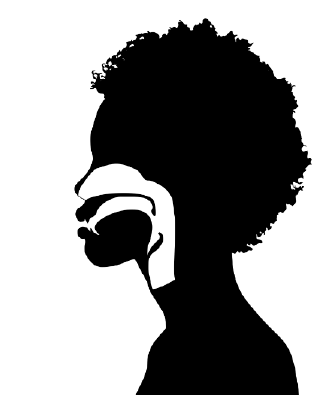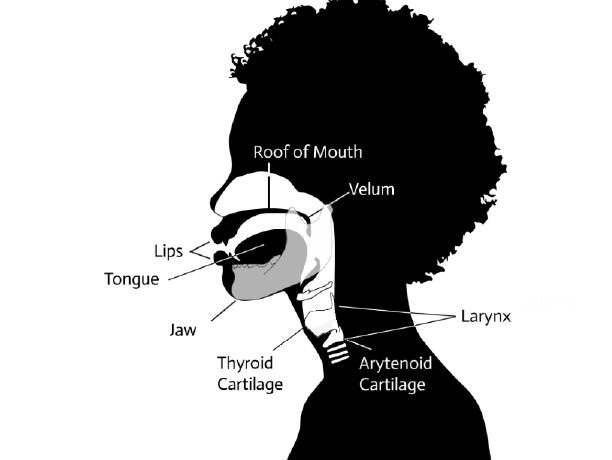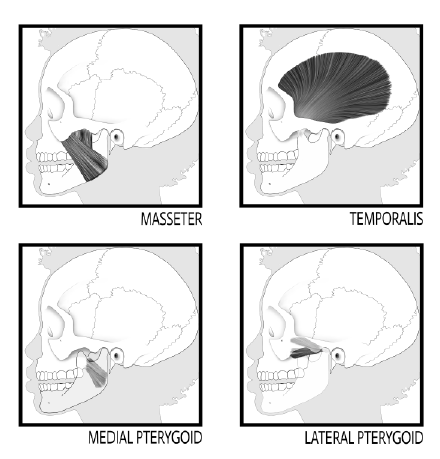Bringing Inclusivity to Speech Training
By Julie Foh

The project of writing Experiencing Speech: A Skills-Based, Panlingual Approach to Actor Training started with a desire for a workbook for Knight-Thompson Speechwork (KTS), which is a physical, descriptive approach to speech and accent training for actors. There was a need in the KTS teaching community for a text with lots of physical exercises and practical applications of the work to complement Dudley Knight’s (the “K” of KTS) book, Speaking with Skill. Because the work involves knowledge of vocal tract anatomy and the physical actions of vowel and consonant sounds, there was a need for anatomical images in the book.
Because of the panlingual nature of the text — meaning that it doesn’t target pronunciation for any particular variety of any particular language but rather outlines speech skills applicable to any and all languages — we wanted the images in the book to reflect the inclusivity of the work itself. And so we went looking for images of the vocal tract that were not modeled after the white, male body in order to disrupt the notion that whiteness and maleness are defaults.
We didn’t find any.
As we were searching, Phil Thompson (the “T” of KTS) was taking photographs of some of his students for other parts of the book. One of those photographs was of an African-American woman in profile, and, when our search for diverse imagery failed, Phil decided to create images of different parts of the vocal tract based on the photograph of his student. Below are some examples of the figures that were created:

A few pages after this figure, we make a point to explain in the text that all bodies are different. If readers of the book look different from the images in this book, it’s our aim to celebrate difference.

This is the figure's second appearance in the book, and it’s representative of the scaffolding inherent in KTS’s approach to anatomy -- experiencing first and naming second.

Here is a slightly different use of the image as an anatomical figure.
Now, when readers of different backgrounds look at the images in the book, we hope they’ll see something of themselves in it, and we hope they’ll be able to build empathy for bodies that are different from their own.